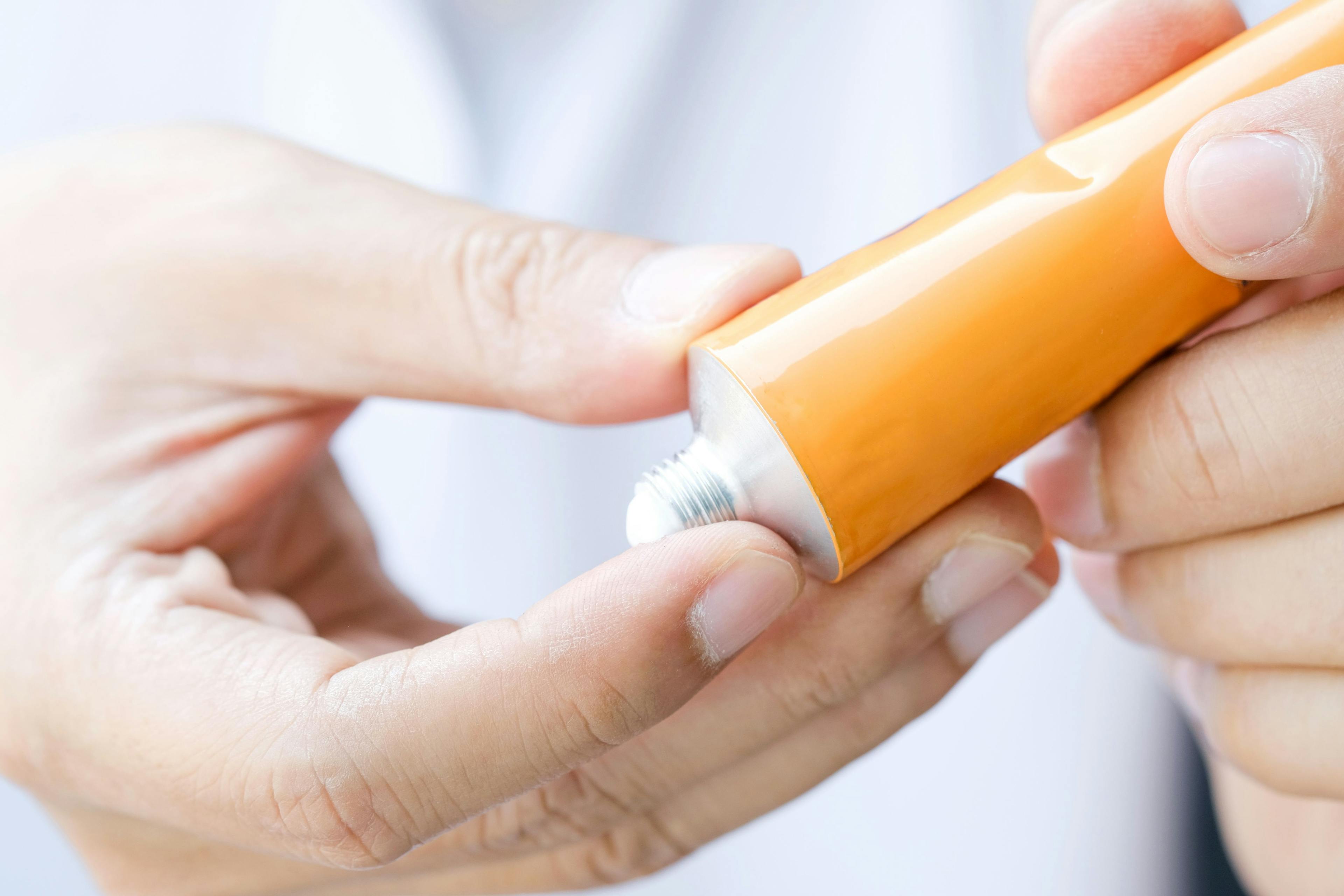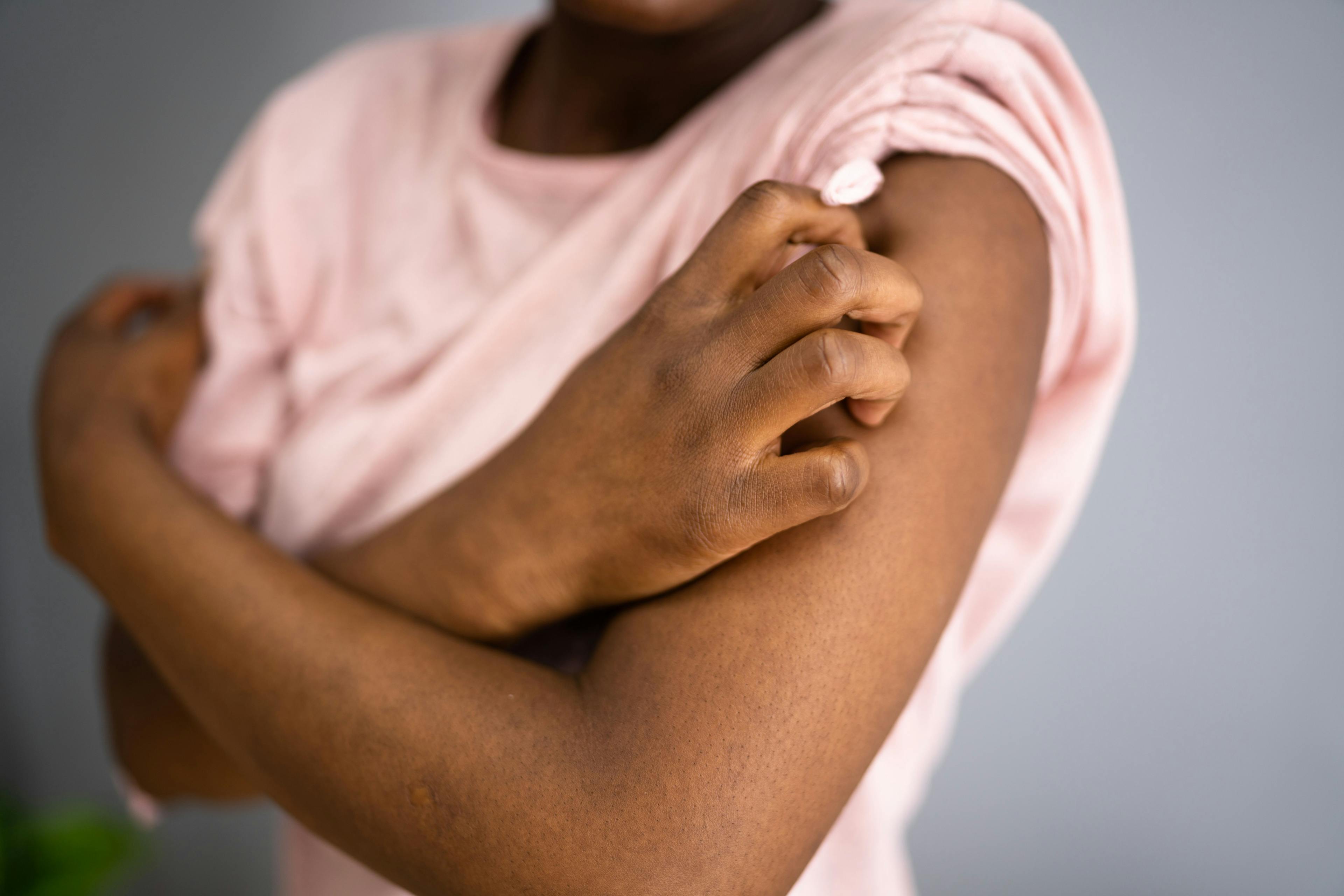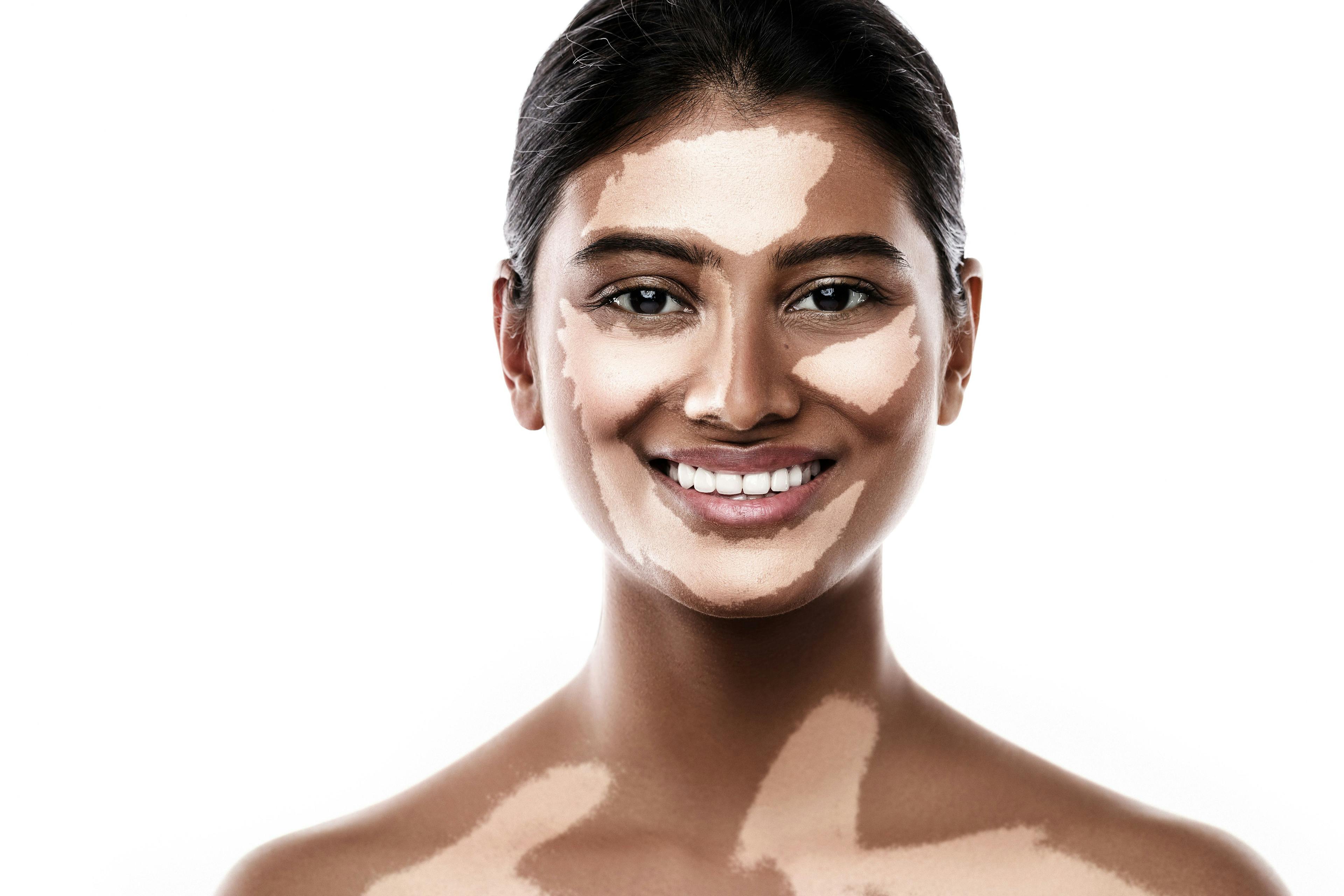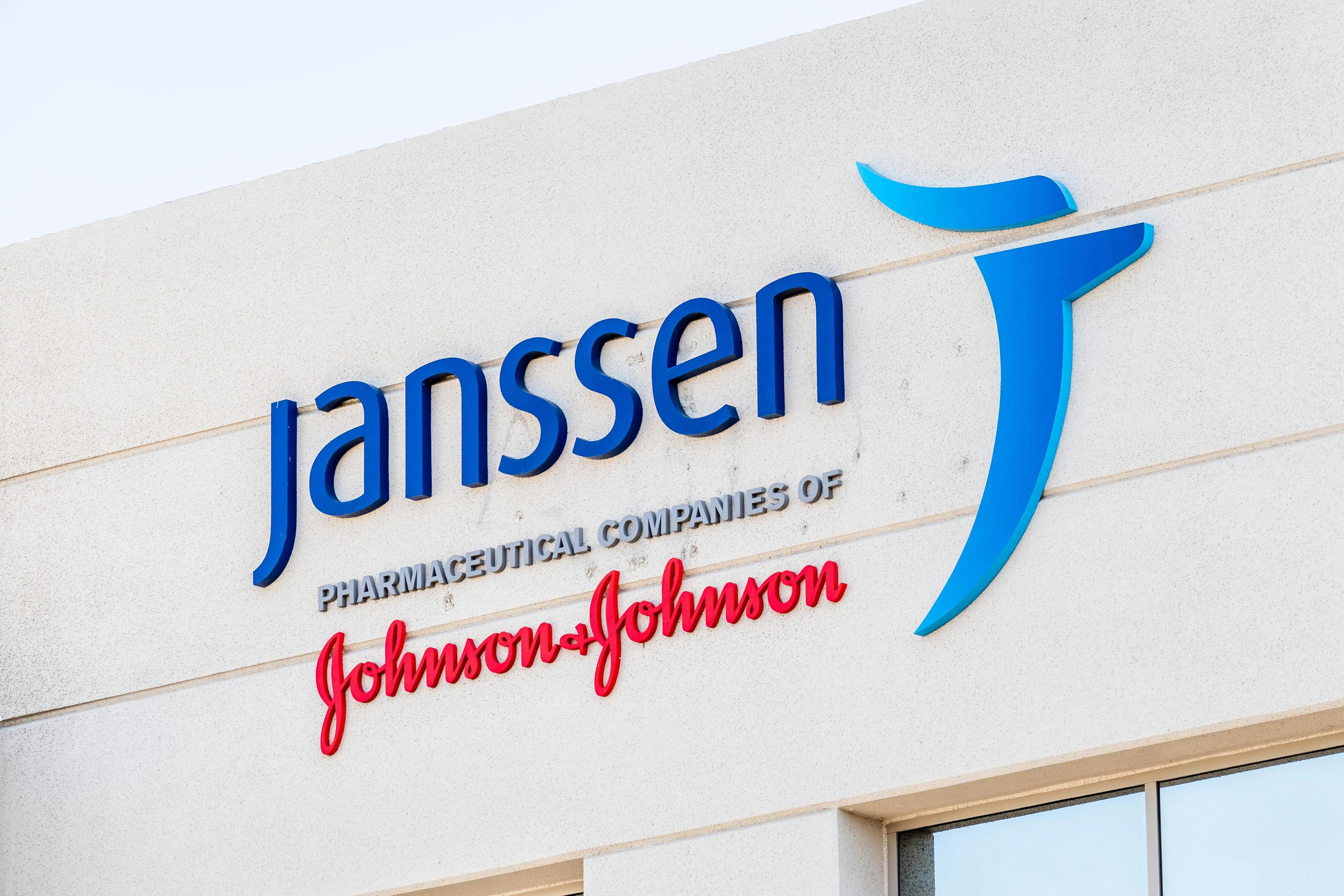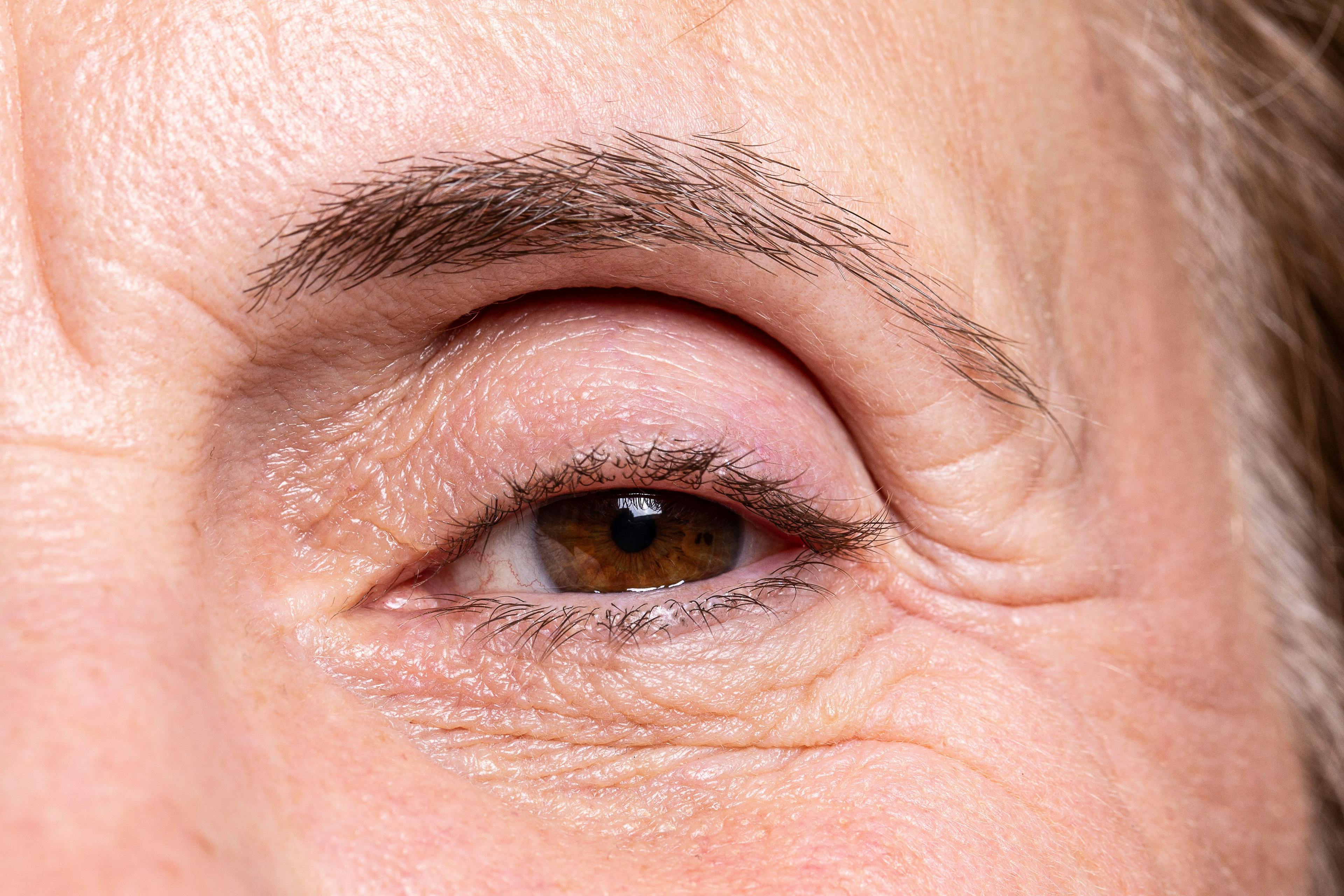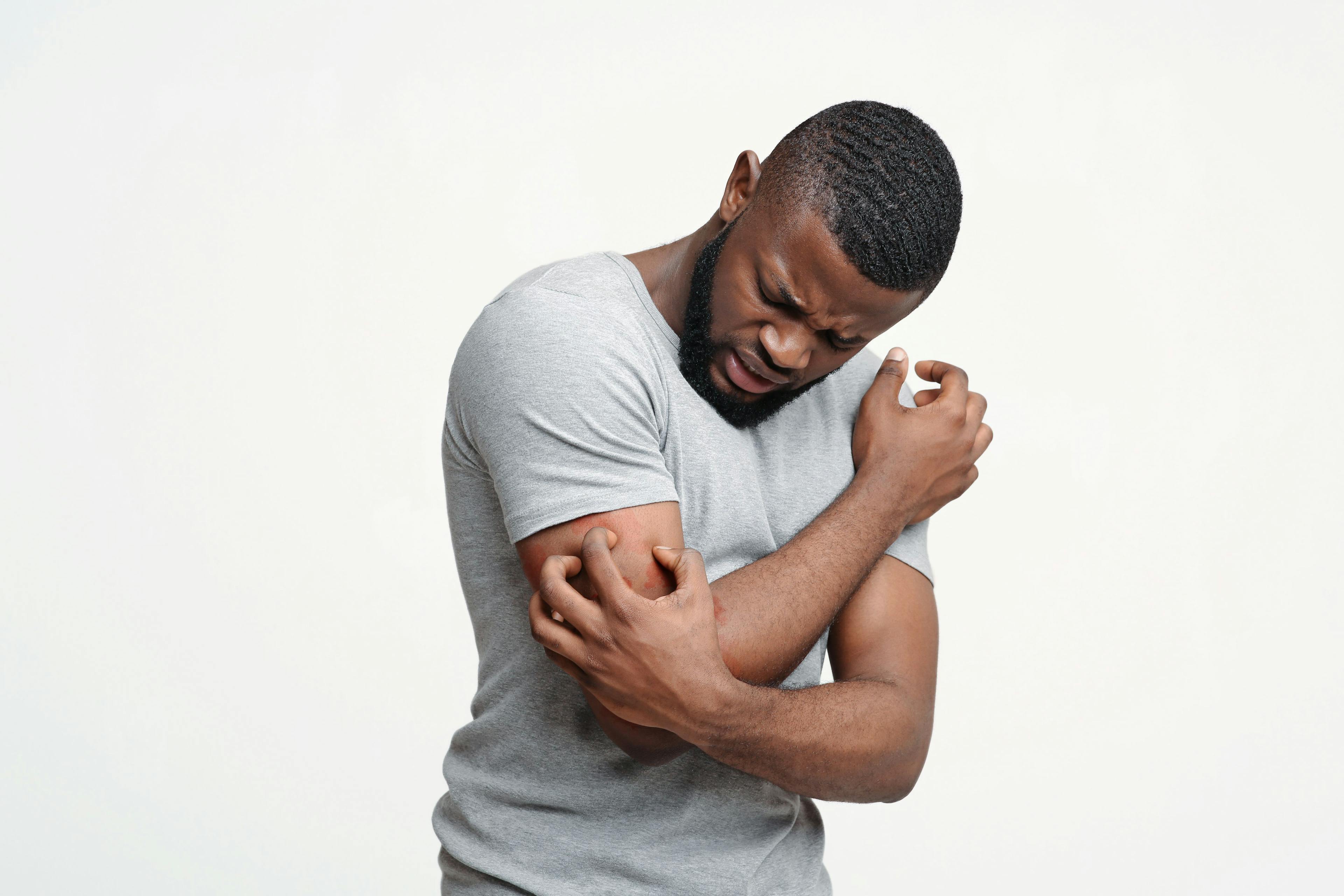- Acne
- Actinic Keratosis
- Aesthetics
- Alopecia
- Atopic Dermatitis
- Buy-and-Bill
- COVID-19
- Case-Based Roundtable
- Chronic Hand Eczema
- Chronic Spontaneous Urticaria
- Drug Watch
- Eczema
- General Dermatology
- Hidradenitis Suppurativa
- Melasma
- NP and PA
- Pediatric Dermatology
- Pigmentary Disorders
- Practice Management
- Precision Medicine and Biologics
- Prurigo Nodularis
- Psoriasis
- Psoriatic Arthritis
- Rare Disease
- Rosacea
- Skin Cancer
- Vitiligo
- Wound Care
Publication
Article
Dermatology Times
Maximize Device Options for Acne and Acne Scarring
Author(s):
Treatments using lasers and microneedling for acne and acne scarring have grown in recent years, offering patients more options.
Scarring exacerbates the emotional and psychological effects of acne.1,2 In a study of patients 15 years and older, acne had a significant effect on emotions, daily and social activities, study and work, and interpersonal relationships.1 The scars left by acne can create issues with body image, self-esteem, and overall quality of life.2 Treatments including lasers and microneedling are becoming more popular for treating these skin conditions with positive results for patients.
Treatments for Acne

Several laser and light-based therapies have been developed for treating acne. Blue and red light therapy have been used for years to successfully treat acne and improve skin quality. “Blue light harnesses the power of the natural porphyrins in the skin to kill C acnes [Cutibacterium acnes, formerly Propionibacterium acnes], whereas red light has anti-inflammatory effects. If we take this a step further and consider using either blue or red light as part of a PDT [photodynamic therapy] treatment, we know from studies and case reports that PDT has the potential to be a potent acne treatment, even a cure,” Ted Lain, MD, MBA, board-certified dermatologist and chief medical officer with Sanova Dermatology in Austin, Texas, told Dermatology Times. He added, “However, the most effective, durable responses using PDT for inflammatory acne require a 3-hour incubation with either Ameluz [aminolevulinic acid hydrochloride] or Levulan [aminolevulinic acid HCl], followed by a very painful illumination. That, coupled with severe posttreatment local site reactions, limits the utility of this treatment.”
A recent advance in the treatment of acne is the 1726-nm laser, which treats mild to severe acne with minimal pain and discomfort for the patient.3 Combining the laser therapy with optimal contact cooling creates a temperature increase isolated to the sebaceous gland, which maximizes damage to the gland while keeping surrounding skin intact.3
Devices are effective for adults and adolescents. “I think the device treatment options work well in both patient populations and offer this [1726-nm laser] alongside more traditional medical treatments during a patient visit,” Lain said.
Acne treatments can benefit a patient’s overall well-being. “With any laser or device treatment for acne, the pros usually include effective treatment without the need for oral or topical therapies, improvement that enhances over time, and little to no downtime. The cons include no payer coverage and, like any treatment, lack of uniform response [among] patients,” Lain explained.
Treatments for Acne Scarring
Factors such as the type of acne scarring and physician expertise can play a role in which treatment will be most effective for a patient. In many studies, microneedling, also known as percutaneous collagen induction or collagen induction therapy, has been effective in treating acne scarring. “Microneedling does shine as a treatment for acne scarring, particularly in the adolescent to young adult population,” Lain said.
In studies, microneedling has been used alone or in combination with other therapies, such as peels, vitamin C, and platelet-rich plasma, exhibiting effectiveness and resulting in patient satisfaction.4
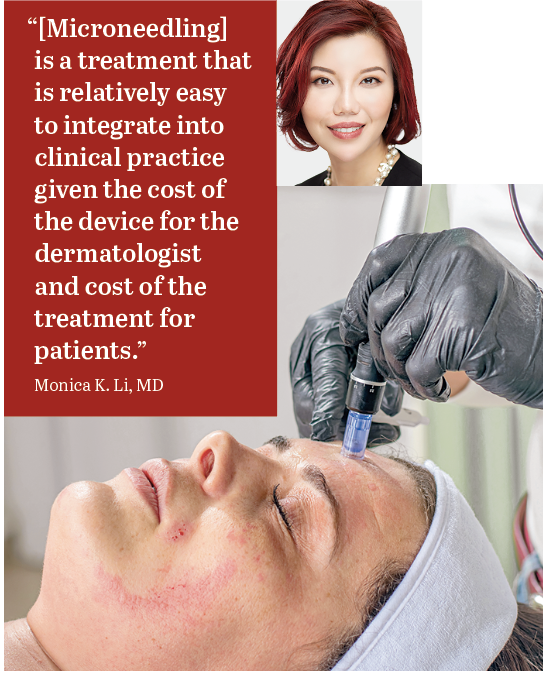
“Microneedling has been shown to improve scars of various etiologies and striae,” Monica K. Li, MD, double board-certified dermatologist and clinical assistant professor with the Department of Dermatology and Skin Sciences at the University of British Columbia in Canada, told Dermatology Times. She added, “Microneedling is an increasingly popular treatment worldwide, for all skin types and tones. It is a treatment that is relatively easy to integrate into clinical practice given the cost of the device for the dermatologist and cost of the treatment for patients.”
In a randomized, split-face, placebo-controlled trial, 15 patients with varying types of acne scarring received 3 needling treatments at 2-week intervals using an MTS Roller, either CR10 (1.0 mm) or CR20 (2.0 mm). At 3 months, the mean scar scores based on the quantitative global scarring grading system of treated scars were nominally lower than at baseline in the treatment group. At 6 months, the mean scar scores of scars treated with microneedling were significantly lower than at baseline (mean difference, 3.4; 95% CI, 0.2-6.5; P = .03). Mean scar scores did not vary significantly from baseline at 3 or 6 months in the control group.4
Li added that precautions need to be taken when using microneedling, including adjusting needle depths to the specific skin location and thickness. “An example would be the need for deeper needle penetration for thick sebaceous skin compared to thin periocular skin,” she said. Li also cautioned to avoid microneedling on tanned skin or skin with recent sun exposure to avoid postprocedure dyspigmentation.
Another treatment option is fractional lasers (FLs). More recently, the fractional picosecond laser has been used with success, offering lower postinflammatory hyperpigmentation and pain scores than the FL.5
Studies of microdermabrasion to treat acne scarring have shown that it does not provide satisfactory results. In a study, only 1 patient exhibitedgood results from microdermabrasion, and no participants had very good results.4
References
- Hazarika N, Archana M. The psychosocial impact of acne vulgaris. Indian J Dermatol. 2016;61(5):515-520. doi:10.4103/0019-5154.190102
- Zhou C, Vempati A, Tam C, et al. Beyond the surface: a deeper look at the psychosocial impacts of acne scarring. Clin Cosmet Investig Dermatol. 2023;16:731-738. doi:10.2147/CCID.S406235
- Scopelliti MG, Kothare A, Karavitis M. A novel 1726-nm laser system for safe and effective treatment of acne vulgaris. Lasers Med Sci. 2022;37(9):3639-3647. doi:10.1007/s10103-022-03645-6
- Kravvas G, Al-Niaimi F. A systematic review of treatments for acne scarring. Part 1: non-energy-based techniques. Scars Burn Heal. 2017;3:2059513117695312. doi:10.1177/2059513117695312
- Li J, Duan F, Kuang J. Fractional picosecond laser for atrophic acne scars: a meta-analysis. J Cosmet Dermatol. 2023;22(8):2205-2217. doi:10.1111/jocd.15862

Newsletter
Like what you’re reading? Subscribe to Dermatology Times for weekly updates on therapies, innovations, and real-world practice tips.







